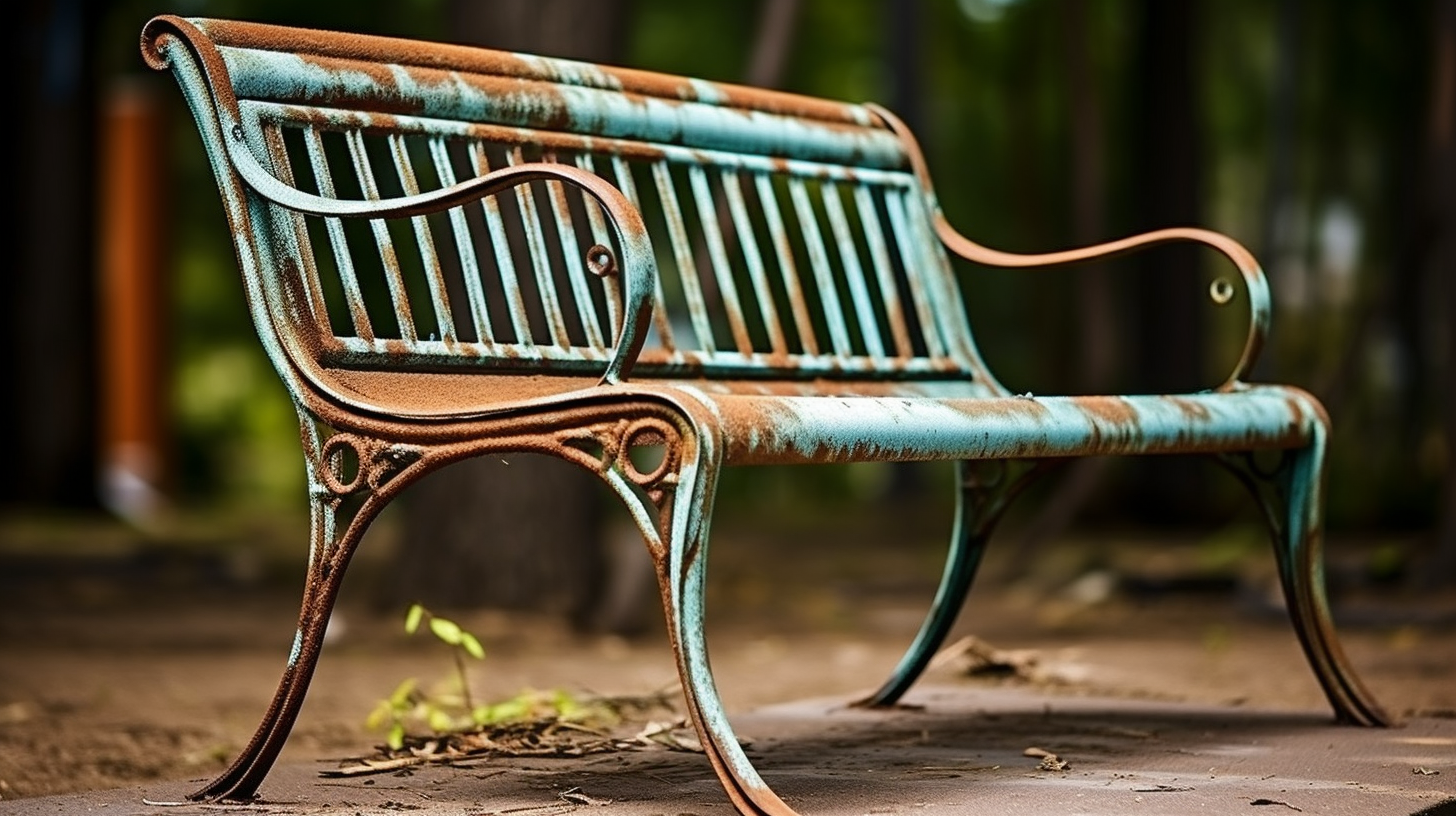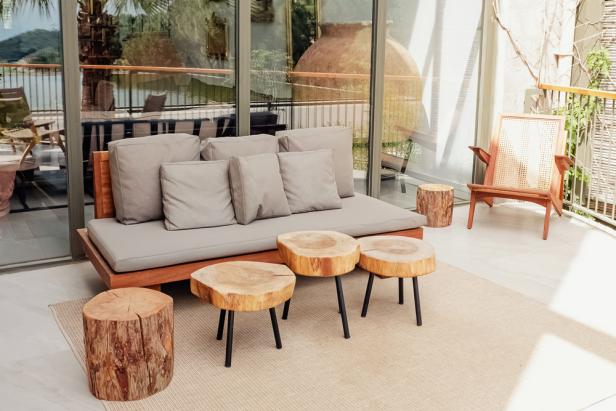How to Weatherproof Indoor Furniture for Outside Use
Mar 15, 2024

How to Weatherproof Indoor Furniture for Outside Use
Hardwoods and softwoods alike can make the transition to being outdoor furnishings with the right protective sealants. For example, if you have old kitchen cabinets, you might find that you can use them to enhance storage on an exposed porch or add functionality to an outdoor kitchen. Extra coffee table? Put it on the patio to round out your morning coffee spot. Even conventionally “indoor” sofas, sideboards and accessories can be sealed and safely repurposed as outdoor features.
Which Sealant Will Work Best?
Sealing your furniture will help protect it from moisture penetration that leads to discoloration, cracks and even mold. There are a wide variety of weatherproof sealants that you can apply to indoor furnishings that will help them endure the outdoor elements. The most common options include:
- teak oil
- Danish oil
- tung oil
- spar urethane
- spar varnish
- exterior latex paint
- chalk paint

Shutterstock/VipadaLoveYou
Applying sealant to a piece of wooden furniture.
Rules to Follow When Using Sealant
- Apply weatherproofing when the temperatures are moderate. Between 60 and 80 degrees is ideal.
- Avoid shaking cans of sealants. Shaking the liquid can create bubbles that transfer to your furniture.
- Proactively avoid damage by shielding your furnishings from harsh weather conditions. Move your wood furniture indoors over the winter and cover it on rainy days.
- You will have the best results with routine resealing. Plan to add another coat of weatherproofing every year.

Shutterstock/Chiociolla
The base of a wooden sofa, a wooden chair, and several coffee tables are treated with wood oils so they are waterproof and UV resistant.
How to Waterproof Furniture With Wood Oils
Massaging a generous layer of oil into the surface of your wood furniture enhances its waterproofing abilities. Wood oil can only be applied to wood furniture that has not already been sealed. It can yellow over time so it is best used for darker wood grains.
Types of Wood Oil

Shutterstock/Velement
A round wooden table treated with Danish oil.
- Teak oil is a common outdoor wood oil used specifically for hardwoods like teak, rosewood and mahogany. It penetrates deep and creates a durable, UV-resistant finish.
- Danish oil is a water-resistant blend of resins and natural oils. It is toy- and food-safe and dries to a hard finish. High-quality products offer UV filters.
- Tung oil dries quickly and is also naturally non-toxic. It offers a waterproof but flexible finish that allows the wood to contract and expand with fluctuations in temperature and humidity. It does not naturally offer UV protection, but UV absorbers are often added to exterior tung oil products.
Outmaker Instagram Network








